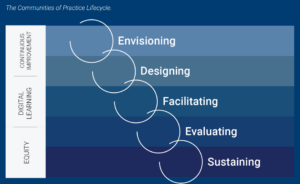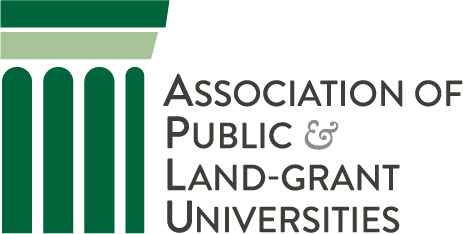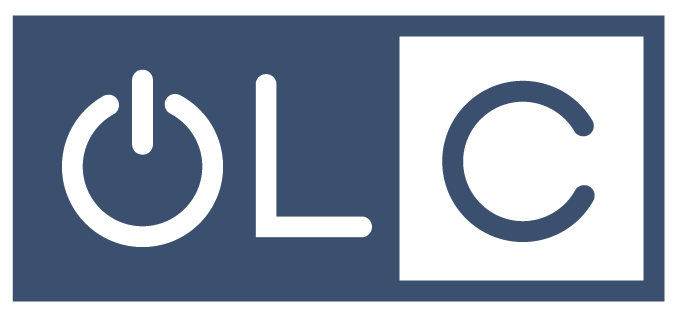Building a community of practice can be thought of in five stages — envisioning, designing, facilitating, evaluating, and sustaining — according to a framework outlined in a new resource from Achieving the Dream, the Association of Public and Land-grant Universities, the Online Learning Consortium, and Every Learner Everywhere.
Communities of Practice in Higher Education: A Playbook for Centering Equity, Digital Learning, and Continuous Improvement presents strategies, resources, and practical recommendations for readers who are building a community of practice. The resource is accompanied by a literature review on communities of practice identifying their history, trends, best practices, and significance in higher education, particularly their uses in online, blended, and digital learning spaces.
In addition to the many inspiring examples and practical suggestions included in the playbook, readers may appreciate the guiding questions for building and managing a community of practice included in each chapter, which are excerpted below. Those guiding questions are organized around the playbook’s emphasis on equity, digital learning, and continuous improvement.

From Communities of Practice in Higher Education: A Playbook for Centering Equity, Digital Learning, and Continuous Improvement
Questions to guide envisioning a community of practice
- Equity: How has the community defined benefits for all participants? How has the community solicited reflective feedback from all members when composing the vision statement?
- Digital learning: Which digital platforms/tools will be created to support the work? How do these tools support collaboration, brainstorming, resource sharing, and other needs as determined by your community? How has the community considered accessibility and access concerns when choosing these platforms/tools?
- Continuous improvement: What will success look like for the community? What is the community’s intended purpose, goals, and outcomes?
Questions to guide designing a community of practice
- Equity: How has the community welcomed all members to engage in its design process? How will the community address systemic inequities and barriers for minoritized populations in its process (facilitation and evaluation) and strive to eliminate these barriers in practice?
- Digital learning: How will community members engage within the digital platforms and tools you’ve chosen to use? How will the group archive artifacts, resources, and meeting notes so they are easily accessible to all members? What training might community members need to effectively use the selected tools? How can the community ensure that digital platforms remain a brave space for all members?
- Continuous improvement: What regular checkpoints has the community agreed upon? How will the community evaluate progress, benefit to all members, and sustained focus on mission (surveys, open discussion, focus groups, etc.)? How frequently will the group check in, formally or informally?
Questions to guide facilitating a community of practice
- Equity: How do facilitator(s) and community members acknowledge their privilege and listen for understanding? In what ways does the group center the voices of historically marginalized persons and foster inclusive group learning? How do all members name and strive to remove barriers for members of marginalized groups?
- Digital learning: How are community members engaging with the selected digital platforms and tools? As new needs arise, are expectations for digital engagement changing? If so, has the group reflected on this? How is the labor of digital archivism and resource tracking being distributed across the community?
- Continuous improvement: How do facilitators allow for flexibility while preventing mission drift? How does the facilitation process currently serve members? Who is speaking, and who is not speaking? Are there better ways to engage all members who would like to participate and ensure that several voices are not dominating the discussion?
Questions to guide evaluating a community of practice
- Equity: How has the community invited and engaged with feedback from all members, particularly those from marginalized groups? Are the feedback forums/tools accessible to all members? How is the labor of ensuring that DEI (diversity, equity, and inclusion) measures are met and distributed throughout the community?
- Digital learning: (How) have digital platforms and tools served the community’s needs and fostered collaboration? Are process adjustments or new platforms needed?
- Continuous improvement: How does your continuous improvement process make feedback transparent to all participants? How has the community empowered members to act upon collected feedback? How well has the evaluation schedule served all members’ needs? Does the pace of the community’s work benefit all members?
Questions to guide sustaining a community of practice
- Equity: How should facilitator roles be allocated moving forward? Should the current facilitators continue to lead, or should new facilitators take on this work? What has worked well, and what should be adjusted in terms of facilitation thus far? What role have facilitators played in the community, and does this role need to change? Which voices and perspectives are missing from the current community, and how does the community plan to address this?
- Digital learning: How can the community share the archived materials and assets with their broader community through presentations, publication, research, etc.? What is the recruitment plan for new members? How will the community maintain records in the event of facilitator/member turnover and platform changes?
- Continuous improvement: How have goals shifted and/or been met over time? Does the community have additional goals they would like to pursue? How should the structure, leadership, and process the group has implemented be adjusted moving forward? How can the community evolve to maintain engagement? If the group plans to dissolve, how does the community plan to honor achievements and discuss next steps?





